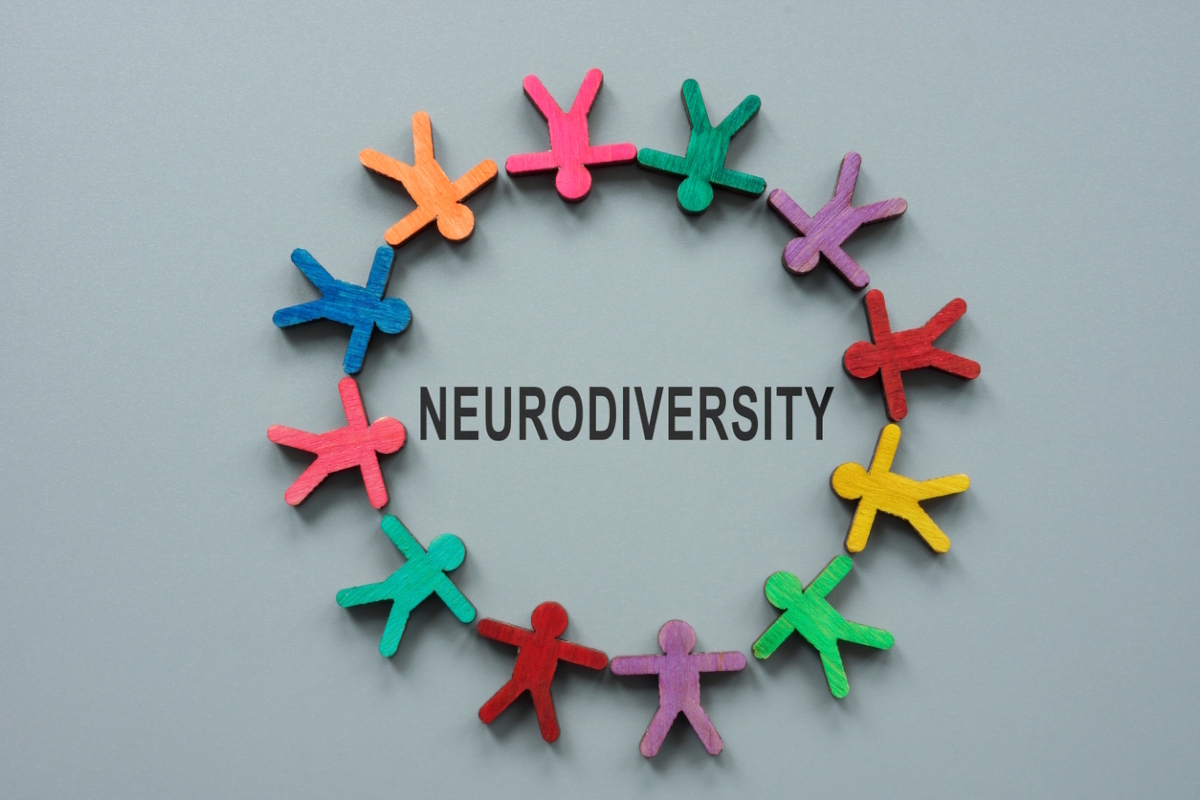The myth of zero-sum inclusion

Consultant and author Serena Palmer argues that a neuro-inclusive workplace benefits everyone
A pervasive myth still lingers in boardrooms: that focusing on a specific minority group comes at a cost to the majority. However, this "zero-sum" mindset is a significant business risk.
When we improve for one group, it creates a ripple effect of positive change for everyone. In my career, I have seen the power of inclusive cultures. For example, at O2, a policy offering 14 weeks of paid paternity leave was initially met with some scepticism, but it ultimately benefited new fathers, women returning to work, and same-sex and adoptive couples. This initiative boosted retention, won industry awards, and made the brand more attractive to a wider talent pool. It went viral, and anyone who may have questioned the decision quickly changed their mind!
The opposite is also true: if you erode rights for one group, you will erode rights for others. Consider the recent UK ruling by the Supreme Court that gender is based on biological sex and the change to transgender rights to use single-sex public spaces. While the focus has been on one protected group, the fallout has extended to others. For example, some women who are tall or present as more masculine have reported being wrongly challenged for using female toilets, with increasing levels of aggression shown towards them.
This shows that all women and non-binary people are now being put under pressure to present in a traditionally feminine way, and if they don’t, they risk harassment. This is a clear and troubling example of how removing rights from one group has negative consequences for others.
Redefining neurodiversity for the workplace
This "zero-sum" thinking is particularly prevalent in discussions about neurodiversity. For too long, the conversation has been clouded by the misconception that "we’re all a little on the spectrum." This trivialises the genuine challenges and unique strengths of neurodivergent individuals. As a late-diagnosed ADHDer myself, and a parent to a daughter with ADHD, I know that this is not a trend or a quirk; it’s a fundamental difference in how brains are wired.
The recent rise in diagnoses - particularly among women and younger generations - isn’t because these conditions are new, but rather because of decades of poor medical understanding that is finally improving. For example, autism diagnoses increased by 787% between 1998 and 2018. This dramatic rise doesn’t mean there are more autistic people, but rather more people are being identified and diagnosed.
With around 1 in 5 people in the UK workforce estimated to be neurodivergent, encompassing conditions like autism, ADHD, and dyslexia, it is imperative that businesses do better. Despite this significant prevalence, official statistics show that many neurodivergent individuals face disproportionately high rates of unemployment and underemployment.
As a recent CIPD survey on neuro inclusion highlights, businesses are failing to tap into a substantial portion of the available talent pool. It is not enough to simply acknowledge this; we must take concrete steps to ensure these individuals have the opportunity to thrive.
From risk to resilience
The true value of a neuro-inclusive culture goes beyond the oft-cited, but somewhat cliché, notion of "innovation." The most powerful business case is rooted in risk mitigation and better decision-making. A lack of cognitive diversity on a leadership team is a major blind spot.
The Space Shuttle Challenger disaster exemplifies leadership failure: a homogeneous executive team dismissed dissenting engineers, leading to a fatal error. This "groupthink" pattern also doomed Kodak, Blockbuster, and Swissair, which failed to adapt to market changes. More recently, Elon Musk’s disastrous Twitter takeover, replacing the board with "carbon copies," resulted in questionable decisions and lost trust due to a homogeneous leadership approach.
Practical tips for becoming neuro-inclusive
So, how can you build a genuinely neuro-inclusive culture? It all starts with a proactive and informed approach, from your initial hiring strategy to long-term career development.
- Culture Change: An inclusive culture is inherently psychologically safe, meaning employees feel comfortable speaking up without fear of repercussions. This fosters openness, discussion, and creativity, leading to less employee turnover, greater wellbeing, and stronger loyalty. Introduce Psychological Safety check-ins to all meetings, over time this becomes the norm.
- Educate and Raise Awareness: Break down the myths and start telling stories. This is where the power of storytelling comes in. A company can show its commitment to an inclusive culture by bringing in guest speakers who can share their own lived experiences. These aren’t just feel-good talks; they are vital educational sessions that bring the complexity of neurodiversity to life, offering practical suggestions for what helps - and, just as importantly, what not to do. This lived experience is invaluable for bridging the gap between policy and practice.
- Create a Smoother Recruitment Process: Review your job descriptions and application processes with clarity in mind. Use clear, concise language and avoid unnecessary jargon, benefiting not only neurodivergent talent but also anyone who finds the process confusing, if English is a second language, for example. Consider offering different application formats to allow candidates to present their skills in the way that best suits them.
- Improve the Candidate Experience for All: Make adjustments to the interview process to reduce anxiety and allow every candidate to shine. By providing questions in advance and being flexible with formats and environments, you help candidates showcase their true potential without being hindered by an anxiety-inducing or unfamiliar process.
- Foster Accessible Progression and Career Opportunities: Ensure that professional development and promotion pathways are transparent and accessible to everyone. This removes ambiguity for all staff and allows neurodivergent employees to leverage their unique strengths for career advancement and leadership roles.
While some leaders may see inclusive initiatives as a cost, my experience as a coach and EDI professional tells me the opposite is true. Creating an inclusive culture is a long-term investment in your organisation’s resilience, talent, and future success.
It’s not about making sacrifices for a few; it’s about building a stronger, safer, and more robust organisation for everyone.
Serena Palmer is an executive coach, talent strategist, and founder of Serena Consulting. She is also the author of Straight Outta Rehab, a structured programme designed to guide people on their path to sobriety, and My Two Brains and Me, offering a relatable account of life with ADHD and addiction, accompanied by practical advice for readers
Main image courtesy of iStockPhoto.com and designer491

Business Reporter Team
You may also like
Related Articles
Most Viewed
Winston House, 3rd Floor, Units 306-309, 2-4 Dollis Park, London, N3 1HF
23-29 Hendon Lane, London, N3 1RT
020 8349 4363
© 2025, Lyonsdown Limited. Business Reporter® is a registered trademark of Lyonsdown Ltd. VAT registration number: 830519543





